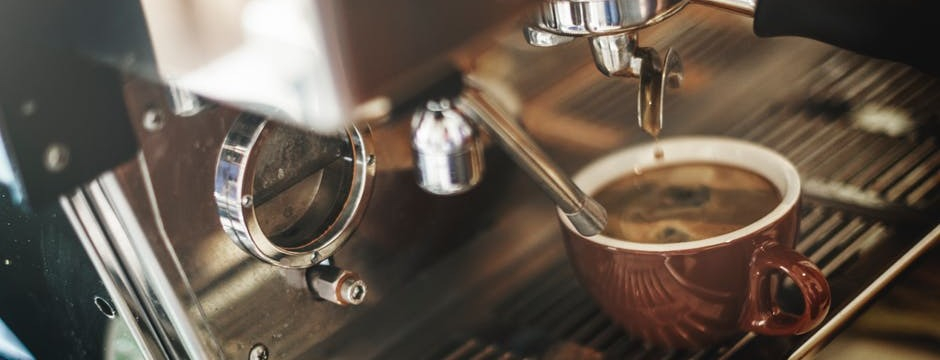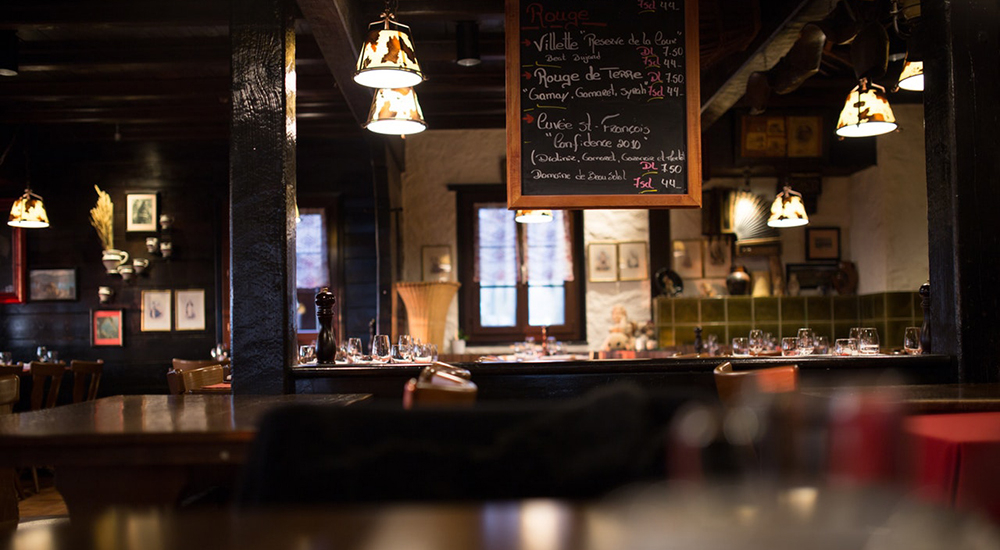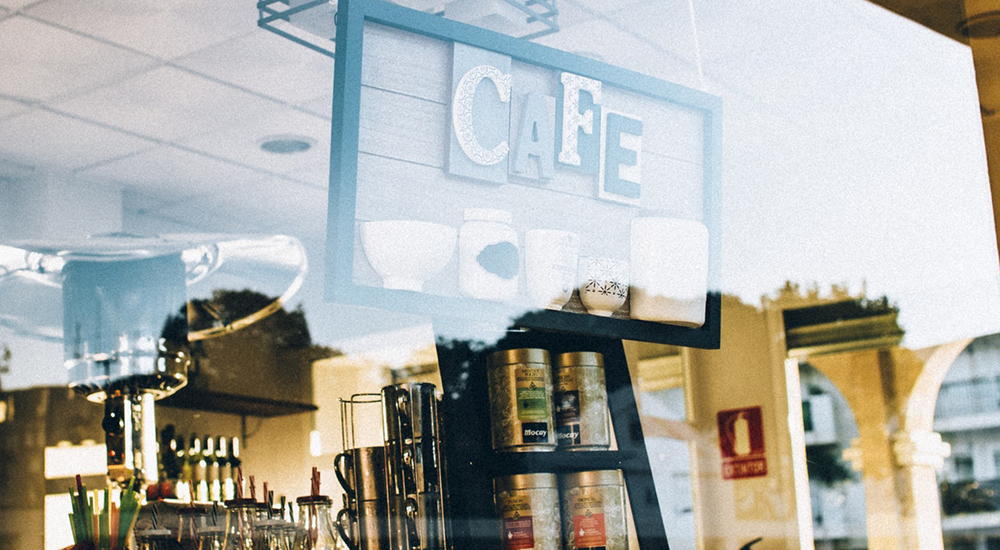To succeed with your coffee shop, you have to turn a profit. To boost sales, you'll have to do more than just follow the latest customer trends – you'll have to employ strategies that have been proven to increase revenue.
There are many ways for a coffee shop to increase revenue, but these ten strategies will help you boost sales right from the get-go.

1. Shop Around for Equipment
We talked earlier about the importance of buying quality equipment and why you may want to avoid used machines (they may not have warranties and may need repaired shortly after buying).
Shopping around and comparing prices will help you find ways to save the most money on your equipment without having to sacrifice on quality. Take your time. Don't rush the buying process. It will be worth the wait to purchase new equipment at a more affordable price.
2. Buy Retail Products Wholesale
In our Products and Services post, we talked about offering retail items as a way to boost your shop's profit and cater to your customers' needs.
Most of these items can be purchased wholesale or in bulk, which will save you money. The more you buy, the more you save. For example, many places sell customized coffee mugs (which can carry your logo) for less than $5 a piece if you buy at least a dozen. Mugs can easily be sold for $8-$10 each in your shop, depending on where you're located.
It may be better to offer fewer retail items and purchase those items in bulk than to offer a wide array of products at wholesale. If you offer many items and you buy them in bulk, you'll need to store these products somewhere. That may add to your costs, rather than boosting your profits.

3. Buy Coffee from One Supplier
Consider buying your coffee from one supplier and buying it in bulk. You'll need to take quality and freshness into consideration if you employ this strategy. You don't want bags of coffee sitting on your shelves for months.
But once you know how much coffee you move each week, it will be easier to buy in bulk. Working with one supplier means that you'll save more because you'll buy more.
Keep your variety of single origin coffees to a minimum as well as your flavoring inventory. This can always be expanded in the future and will help you save on costs now.
Consider local roasters and suppliers. Their prices may be cheaper and you might save on shipping costs. In fact, you may be able to pick up the coffee yourself (initially) if the supplier is close enough.
4. Employ Point-of-Sale Promotions
How many times have you gotten to the register at a coffee shop or café and walked away with a pastry or candy bar?
Point-of-sale promotions are really effective, and there's a psychological reason for it. We often give into our impulse buying urges because of unhappiness or anxiety. We buy things to lift our mood or make ourselves feel happier.
Offering low-cost items at or near the cash register will also give customers time to think about making a purchase while waiting in line.
Point-of-sale promotions are a really great way to help your coffee shop increase income. Just make sure that you choose items your customer will actually want to buy. Food items are an obvious choice for a coffee shop. Who doesn’t want a cupcake or a cookie to go with their cappuccino?
5. Get a Good Point-of-Sale System
First, look for a solution that is built specifically for coffee shops. You want to make sure it can handle common industry issues, as well as process large numbers of transactions quickly, allowing your business to scale. Additionally, avoid systems that are tied to any specific payment processor. This will save you money immediately, and time down the road should you ever want to switch your POS system. All in all, a good coffee shop POS system starts around $50/month and hardware typically costs $1,000-5,000.
6. Use Attractive In-Store Displays
Installing attractive in-store displays is another way to help your coffee shop maximize profits. If you plan to sell retail items, like bags of coffee, mugs or décor, you'll need some way to display these items.
The more attractive the display, the more likely customers will make purchases.
A 2014 study from POPAI found that 16% of impulse purchases were driven by the display seen while shopping.
Find an eye-catching way to display your retail products that blends with your shop's design.

7. Offer Gift Cards and Loyalty Programs
People love gift cards – and not just during the holiday season. Birthdays, special milestones and other celebratory occasions are also great reasons to give gift cards.
Make gift cards part of your point-of-sale promotions, or offer them as part of a separate display. Either way, make sure that your customers know you offer gift cards, and make it as easy as possible to buy one.
8. Add Games
You may not want customers to linger for too long if they're only buying one cup of coffee, but with a little creativity, you may be able to profit from customer loitering.
Board games are one way to do this. Puzzles and board games are social activities. Having a place for customers to play and offering a selection of games may encourage them to come in with large groups of friends. Drinks and snacks are the perfect game companions. And when playing in large groups, most will come back for at least one more drink.
9. Reconfigure Your Menu
Here's a simple way to boost your shop's profits: reconfigure your menu. Focus on specialty and high-priced drinks, and place your lower-priced drinks at the bottom of the menu.
The goal is for customers to see these drinks first, making them more likely to order them.
The menu and the order of your items should be cohesive across all signage, menu boards and other customer communication.
10. Evaluate Your Hours of Operation
In an ideal world, your shop would be open 24 hours a day, brimming with customers. Unfortunately, we don't live in a perfect world.
Evaluate your shop's hours of operation, and consider closing during hours when there is regularly no customer traffic. If weekday afternoons are slow, trim down your hours. Some shops split their hours: a few hours in the morning and a few in the evening.
Check your lease to make sure your hours are flexible. Some shopping centers will require businesses to be open during scheduled hours.
Finding ways to maximize revenue will help ensure that your shop's doors stay open. These nine strategies will help you cut down on costs while boosting profits.
Learn more on how to open a coffee shop:
- Starting A Coffee Shop. Step 1: Choose Your Concept
- Starting A Coffee Shop. Step 2: Create A Business Plan And Find Insurance
- Starting A Coffee Shop. Step 3: Budget - Expenses Vs Profits
- Starting A Coffee Shop. Step 4: Find The Right Spot For Your Shop
- Starting A Coffee Shop. Step 5: Supplies And Equipment
- Starting A Coffee Shop. Step 6: Local Regulations And Licenses
- Starting A Coffee Shop. Step 7: Hire The Right Staff
- Starting A Coffee Shop. Step 8: The Menu And Food Safety Issues
- Starting A Coffee Shop. Step 9: Marketing And Promotion


